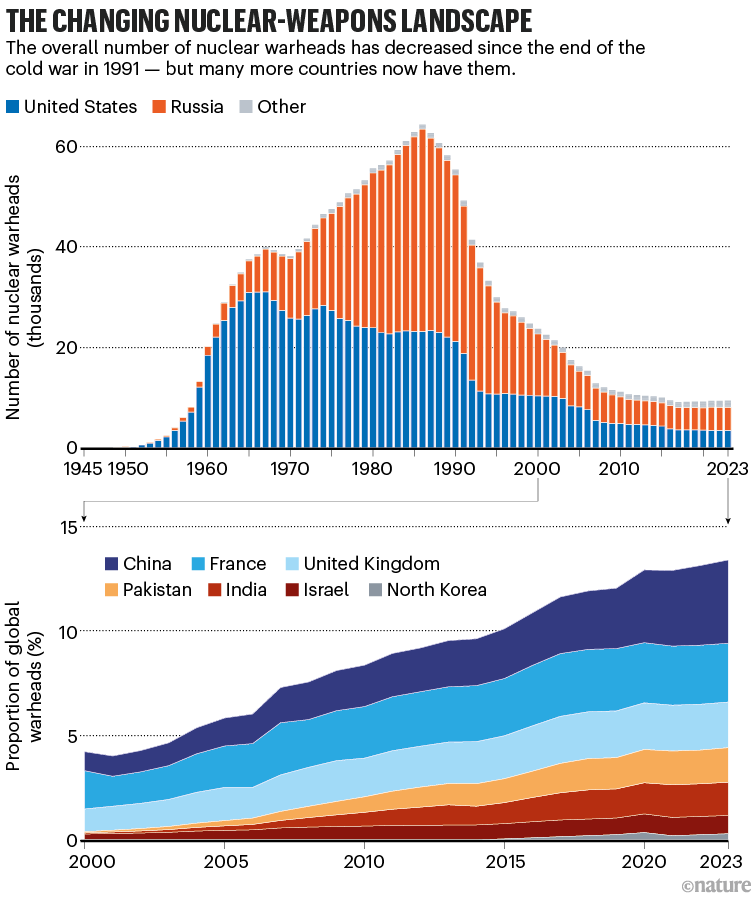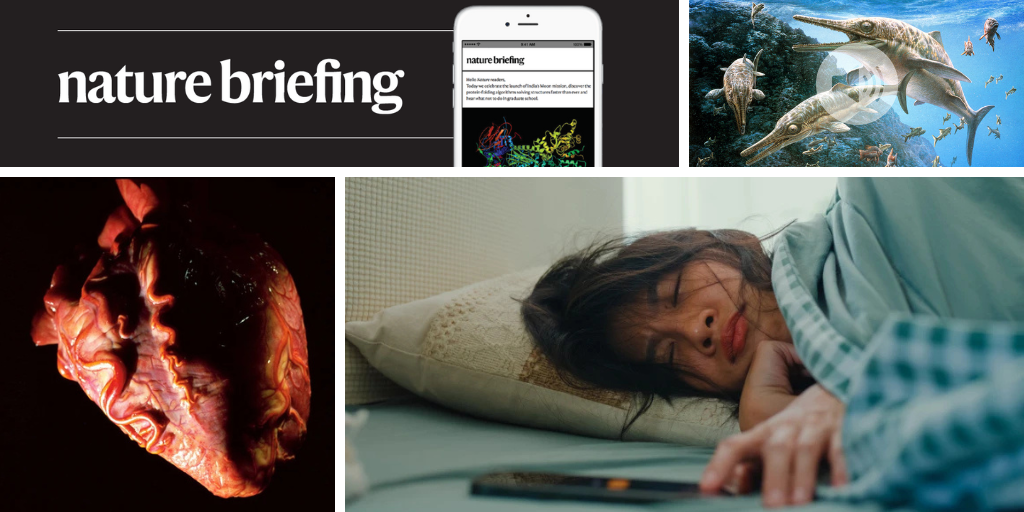You have full access to this article via your institution.
Hello Nature readers, would you like to get this Briefing in your inbox free every day? Sign up here.

Electrical activity in the brain during awakening is linked with subsequent levels of grogginess.Credit: Getty
When we wake from the dream-laden phase of sleep, the brain boots up step by step. The first brain regions to rouse are those associated with executive function and decision-making, located at the front of the head. A wave of wakefulness then spreads to the back, ending with an area associated with vision. This precise understanding of how the brain transitions from slumber to alertness could help to manage sleep inertia — the grogginess that many people feel when hitting the snooze button.
Reference: Current Biology paper
Surgeons have developed two ways to revive the hearts of people who wish to donate their organs after they die. The first of these techniques, used to transplant hearts in children, revives the heart outside of the body by pumping oxygenated blood into it through a tube. The blood is then drained, re-oxygenated and pumped back in on a cycle. The second method freeze-preserves adult hearts inside the body of the donor, from where it can later be transplanted.
Reference: New England Journal of Medicine paper 1 & paper 2
Between 2021 and 2024, Google harnessed motion sensors on more than two billion smartphones to detect earthquakes, and then sent automated warnings to millions of people in 98 countries. Google scientists say the system performed on par with standard seismometers. “It’s very impressive: most countries don’t have an earthquake early-warning system, and this can help provide that service,” says seismologist Allen Husker. But, Husker says, he would feel better if Google would provide independent scientists with more access to the data and algorithms.
Features & opinion
“The message we keep hearing is that the nuclear risk is over, that that’s an old risk from the cold war,” says physicist Daniel Holz, who is one of the stewards of the iconic ‘Doomsday Clock’. “But when you talk to experts, you get the opposite message — that actually the nuclear risk is very high, and it’s increasing.” Nuclear deterrence is no longer a two-player game. And there are new risk factors: online misinformation and disinformation can influence leaders or voters in nuclear-armed nations, and artificial intelligence brings uncertainty to military decision-making. The result is a risky new nuclear age.

Source: The Bulletin of the Atomic Scientists’ Nuclear Notebook
“Data collection is not a one-time effort,” says environmental data scientist Ethan White, who works on a decades-long ecological monitoring study. Like many researchers engaged in long-term projects, White and his colleagues often need to update their data sets over time. Here’s how to do it while maintaining reproducibility:
• Store your data in a repository rather than a personal website or in the cloud.
• For transparency, accessibility and your own sanity, create a fresh version of your dataset when new information is added — a version-control system and a change log can help.
• Establish a file-naming convention and document your metadata.
• To dodge technological obsolescence, make your data available in multiple — and ideally, non-proprietary — formats.
A comedian’s dreams come true in the latest short story for Nature’s Futures series.
Andrew Robinson’s pick of the top five science books to read this week includes a short history of astrophysics in five revolutionary discoveries and a guide to becoming an urban naturalist.
Get beach-brain ready with our pick of the best popular science and scholarly books to read this season. (Nature Summer Books special | 10 min read — also works if it’s winter where you are)
The extinct marine mega-predator Temnodontosaurus had specialized adaptations to stealthily hunt its prey, suggests an analysis of a fossilized flipper. “It was almost like an albatross wing … and then it had this serrated or crenulated trailing edge,” says molecular palaeontologist and study co-author Johan Lindgren. “Despite the fact that it’s quite unusual in the animal kingdom, it’s very commonly used today when you look at windmills and propellers and wings on planes.”
Nature Podcast | 31 min listen
Subscribe to the Nature Podcast on Apple Podcasts, Spotify or YouTube Music, or use the RSS feed.
Today Leif Penguinson is taking a dip at Dip Falls in Tasmania, Australia. Can you find the penguin?
The answer will be in Monday’s e-mail, all thanks to Briefing photo editor and penguin wrangler Tom Houghton.
This newsletter is always evolving — tell us what you think! Please send your feedback to [email protected].
Thanks for reading,
Flora Graham, senior editor, Nature Briefing
With contributions by Jacob Smith and Gemma Conroy
• Nature Briefing: Careers — insights, advice and award-winning journalism to help you optimize your working life
• Nature Briefing: Microbiology — the most abundant living entities on our planet — microorganisms — and the role they play in health, the environment and food systems
• Nature Briefing: Anthropocene — climate change, biodiversity, sustainability and geoengineering
• Nature Briefing: AI & Robotics — 100% written by humans, of course
• Nature Briefing: Cancer — a weekly newsletter written with cancer researchers in mind
• Nature Briefing: Translational Research — covers biotechnology, drug discovery and pharma


